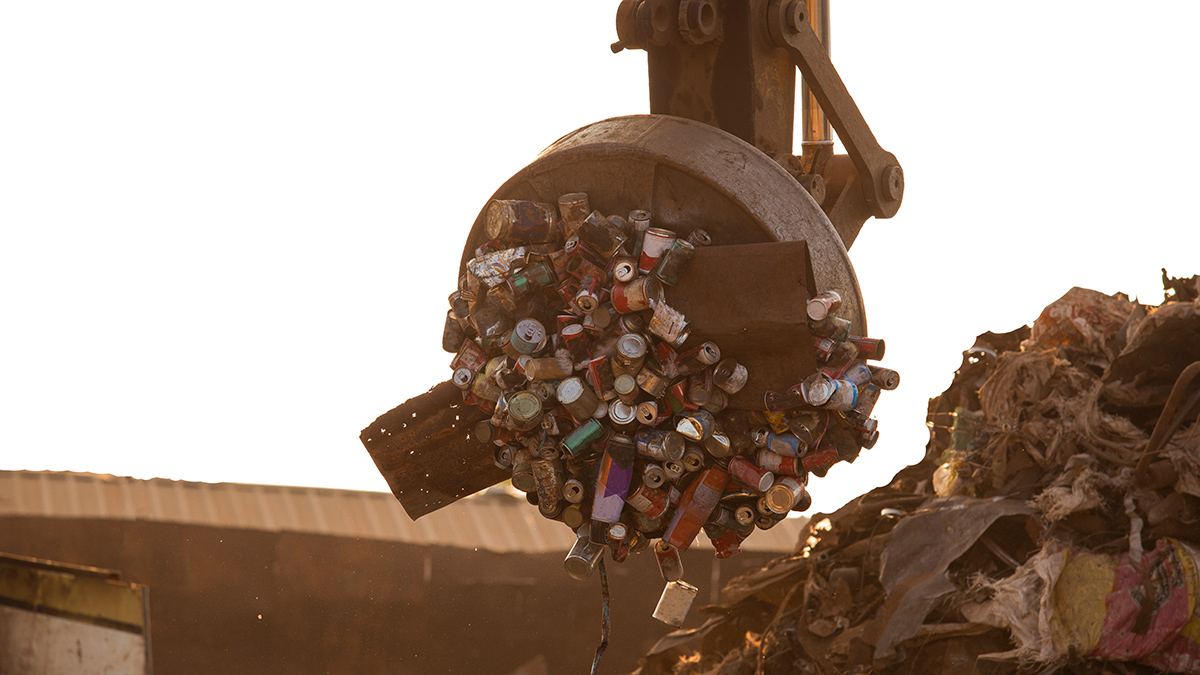citizen science
Beavers From Space!
Science Scope—Fall 2023 (Volume 46, Issue 7)
By Jill Nugent
Beavers are social mammals who live in groups, known as colonies, and they construct dams and lodges, which modify the surrounding landscape. In their role as “ecosystem engineers,” beavers are considered to be a “keystone” species. A keystone species is one that has such a major impact on its ecosystem that the ecosystem would be vastly different without that species in it. Removing a keystone species from its environment can lead to major changes throughout the ecosystem from disruption to collapse.
Beavers are social mammals who live in groups, known as colonies, and they construct dams and lodges, which modify the surrounding landscape. In their role as “ecosystem engineers,” beavers are considered to be a “keystone” species. A keystone species is one that has such a major impact on its ecosystem that the ecosystem would be vastly different without that species in it. Removing a keystone species from its environment can lead to major changes throughout the ecosystem from disruption to collapse.
Beavers are social mammals who live in groups, known as colonies, and they construct dams and lodges, which modify the surrounding landscape. In their role as “ecosystem engineers,” beavers are considered to be a “keystone” species. A keystone species is one that has such a major impact on its ecosystem that the ecosystem would be vastly different without that species in it. Removing a keystone species from its environment can lead to major changes throughout the ecosystem from disruption to collapse.
scope on the skies
Nothing to Write About!
Science Scope—Fall 2023 (Volume 46, Issue 7)
By Bob Riddle
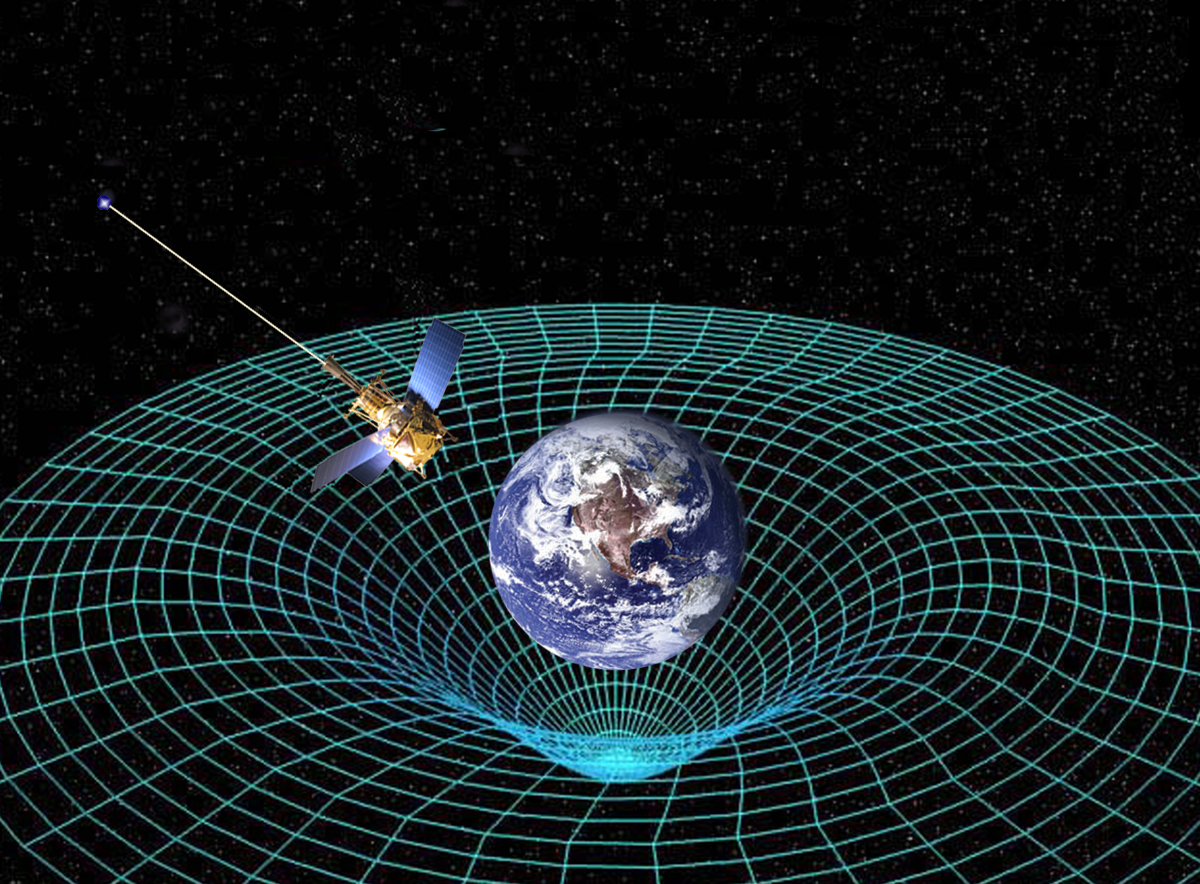
Writing these columns often requires a considerable amount of reading and then thinking—both alone and always out loud to my wife as I try to explain to both of us what I have been reading. To be honest, this column reminded me of what I used to jokingly say to my planetarium audience: “This program will be over your head!” And in a way this column is similarly up there and is guaranteed to change your level of confusion. But isn’t that what we do with our students—not confuse them, but challenge any preconceptions they might have by thinking both in and out of the box?
Writing these columns often requires a considerable amount of reading and then thinking—both alone and always out loud to my wife as I try to explain to both of us what I have been reading. To be honest, this column reminded me of what I used to jokingly say to my planetarium audience: “This program will be over your head!” And in a way this column is similarly up there and is guaranteed to change your level of confusion. But isn’t that what we do with our students—not confuse them, but challenge any preconceptions they might have by thinking both in and out of the box?
Writing these columns often requires a considerable amount of reading and then thinking—both alone and always out loud to my wife as I try to explain to both of us what I have been reading. To be honest, this column reminded me of what I used to jokingly say to my planetarium audience: “This program will be over your head!” And in a way this column is similarly up there and is guaranteed to change your level of confusion. But isn’t that what we do with our students—not confuse them, but challenge any preconceptions they might have by thinking both in and out of the box?
interdisciplinary ideas
Poetry in Science
Improving Clarity, Creativity, and Collaboration
Science Scope—Fall 2023 (Volume 46, Issue 7)
By Katie Coppens
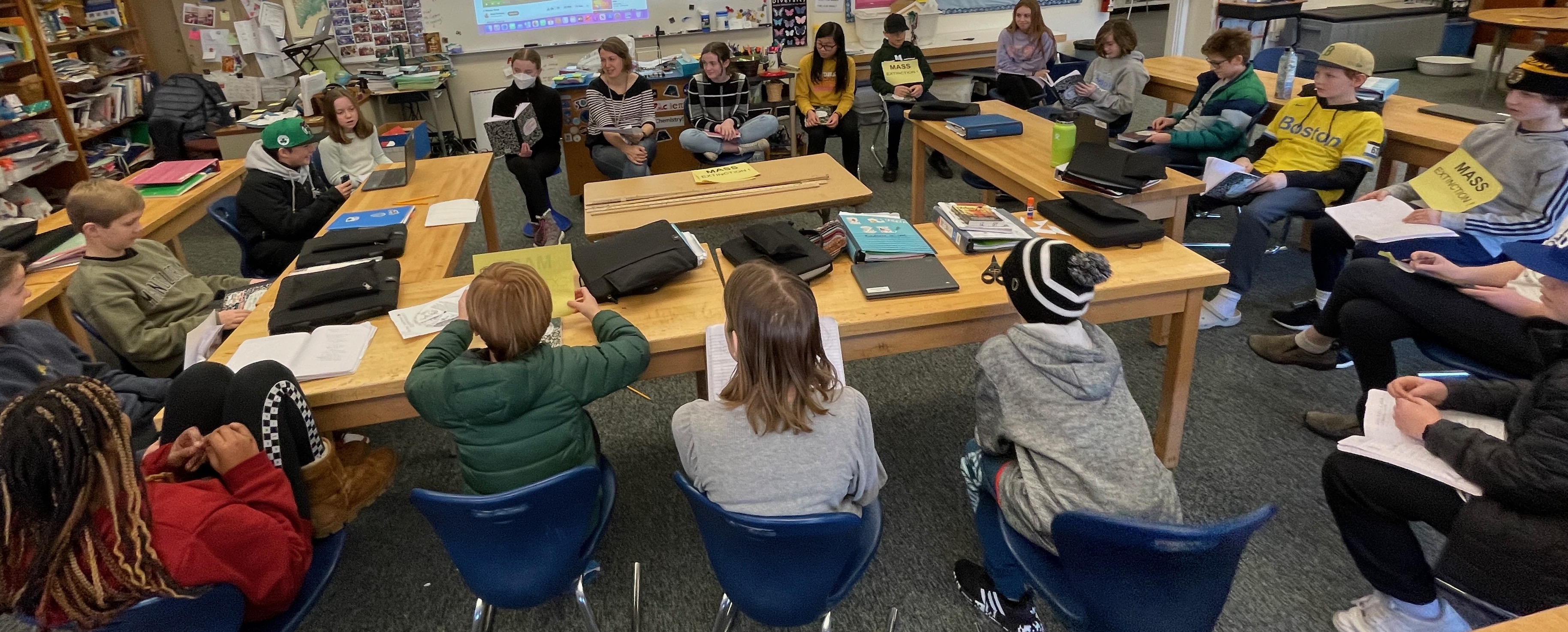
Evolutionary biologist Richard Dawkins said, “There are those who fear reason as cold, bleak, cheerless, unpoetic. That’s not just untrue; it’s the very opposite of true. Science is the poetry of reality” (Dawkins 2016). Science is reminiscent of art, dance, and writing; after close study and reflection, we express what we believe to be true. Science is about better understanding the world around us, then communicating what we’ve learned.
Evolutionary biologist Richard Dawkins said, “There are those who fear reason as cold, bleak, cheerless, unpoetic. That’s not just untrue; it’s the very opposite of true. Science is the poetry of reality” (Dawkins 2016). Science is reminiscent of art, dance, and writing; after close study and reflection, we express what we believe to be true. Science is about better understanding the world around us, then communicating what we’ve learned.
Evolutionary biologist Richard Dawkins said, “There are those who fear reason as cold, bleak, cheerless, unpoetic. That’s not just untrue; it’s the very opposite of true. Science is the poetry of reality” (Dawkins 2016). Science is reminiscent of art, dance, and writing; after close study and reflection, we express what we believe to be true. Science is about better understanding the world around us, then communicating what we’ve learned.
practical research
Outdoor Teaching and Learning in Natural Spaces and Outdoor Classrooms
Science Scope—Fall 2023 (Volume 46, Issue 7)
By Samantha Lindgren, Meghan McCleary, Susan Gasper, Amanda Nieves, Kara Stengren, and Amira Shabana
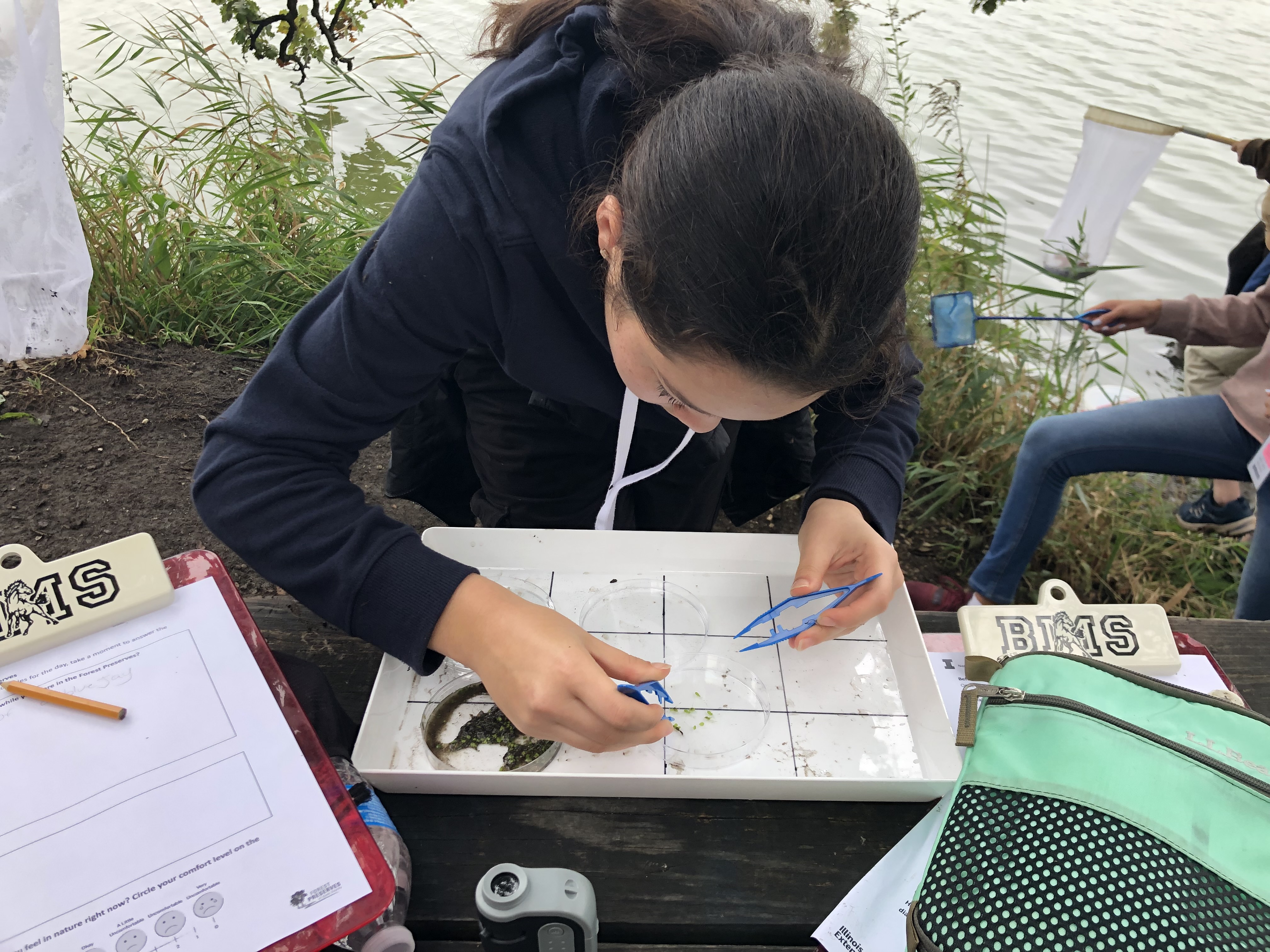
On a humid, sunny day in late July, a group of middle school science teachers closed out three days of teacher professional development (PD) on a nature hike at a forest preserve. Here they engaged as learners, looking for evidence of life cycles to complement classroom work based around a science storyline unit examining the phenomenon of mayflies.
On a humid, sunny day in late July, a group of middle school science teachers closed out three days of teacher professional development (PD) on a nature hike at a forest preserve. Here they engaged as learners, looking for evidence of life cycles to complement classroom work based around a science storyline unit examining the phenomenon of mayflies.
On a humid, sunny day in late July, a group of middle school science teachers closed out three days of teacher professional development (PD) on a nature hike at a forest preserve. Here they engaged as learners, looking for evidence of life cycles to complement classroom work based around a science storyline unit examining the phenomenon of mayflies.
feature
Inheritance: It’s More Complicated Than That
Science Scope—Fall 2023 (Volume 46, Issue 7)
By Whitney Thwaite, Sara C. Porter, and Hilleary Osheroff

For the past 60 years, teaching and learning the science of inheritance and biological variation has largely been centered in Mendelian genetics. In classrooms, genetics instruction generally focuses on traits controlled by a single gene, with genotype the primary determinant of phenotype and little to no effect from other genes or of the environment (McElhinny et al. 2014). Traits used as phenomena generally have two to three discrete phenotypes (wrinkled or smooth, short or tall), which are inherited in a dominant/recessive pattern. Students participating in learning environments designed from the perspective of Mendelian genetics should be able to use a Punnett square to make predictions about the genotypic ratios of offspring from parental crosses and should understand how genotype determines phenotype in traits inherited in a dominant/recessive pattern. However, the reliance on this framework of inheritance does not support students to appreciate or explain the true complexity of human variation. After learning the Mendelian curriculum, many students attempt to apply deterministic Mendelian logic to the inheritance of all traits, assuming that there must be “a gene for” traits like eye color, skin color, personality, and intelligence and that they are inherited in the same dominant/recessive pattern as the Mendelian traits they studied in the classroom (Mills Shaw et al. 2008; Radick 2016).
For the past 60 years, teaching and learning the science of inheritance and biological variation has largely been centered in Mendelian genetics. In classrooms, genetics instruction generally focuses on traits controlled by a single gene, with genotype the primary determinant of phenotype and little to no effect from other genes or of the environment (McElhinny et al. 2014). Traits used as phenomena generally have two to three discrete phenotypes (wrinkled or smooth, short or tall), which are inherited in a dominant/recessive pattern.
For the past 60 years, teaching and learning the science of inheritance and biological variation has largely been centered in Mendelian genetics. In classrooms, genetics instruction generally focuses on traits controlled by a single gene, with genotype the primary determinant of phenotype and little to no effect from other genes or of the environment (McElhinny et al. 2014). Traits used as phenomena generally have two to three discrete phenotypes (wrinkled or smooth, short or tall), which are inherited in a dominant/recessive pattern.
feature
Using iNaturalist to Support Place-Based Learning and Data Analysis
Science Scope—Fall 2023 (Volume 46, Issue 7)
By Amanda V. Garner and Joshua Rosenberg

Often, we think that to learn about nature, students must be in a “natural” place to experience the environment, but this assumption can be problematic on multiple levels. Not all schools have the resources to take hundreds of students on a field trip. We believe it is a mistake to think that nature only happens in “natural” places. The reality is that nature is everywhere.
Often, we think that to learn about nature, students must be in a “natural” place to experience the environment, but this assumption can be problematic on multiple levels. Not all schools have the resources to take hundreds of students on a field trip. We believe it is a mistake to think that nature only happens in “natural” places. The reality is that nature is everywhere.
Often, we think that to learn about nature, students must be in a “natural” place to experience the environment, but this assumption can be problematic on multiple levels. Not all schools have the resources to take hundreds of students on a field trip. We believe it is a mistake to think that nature only happens in “natural” places. The reality is that nature is everywhere.
feature
Questioning the Relationships
Exploring Analogous and Homologous Structures Through Teacher Questioning
Science Scope—Fall 2023 (Volume 46, Issue 7)
By Jesse Wilcox, Kean Roberts, Jacob Kaemmer, Jessica McKenzie, and Carson McClain
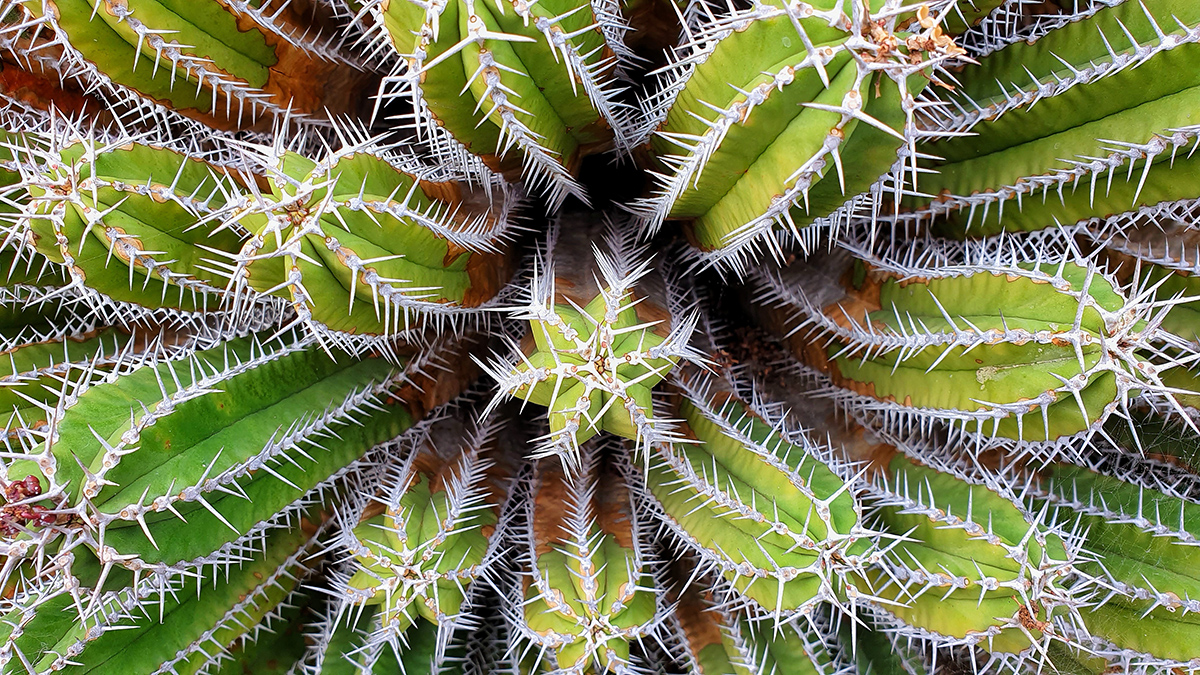
Questions are powerful tools teachers can use to understand and scaffold students’ thinking (Clough 2007). However, not all questions are equally effective at eliciting students’ ideas or scaffolding their thinking. For example, open-ended questions tend to elicit more detailed responses from students when compared to closed questions (Oliveira 2010; Voss, Kruse, and Kent-Schneider 2022). While asking open-ended questions is a good starting place, scaffolding students’ thinking requires teachers to use different types of open-ended questions (Clough 2007). Therefore, we utilize questioning strategies such as Speculation, History, Application, Relationships, and Explanation (SHARE) to engage students in productive discussions and gently guide students’ thinking toward accurate scientific ideas as shown in Figure 1 by Wilcox et al. (2021a), which was adapted from Penick, Crow, and Bonnstetter (1996). SHARE was specifically developed for science teaching and uses students’ prior knowledge and speculations to help students to apply their knowledge, develop relationships, and create explanations (Clough 2007).
Questions are powerful tools teachers can use to understand and scaffold students’ thinking (Clough 2007). However, not all questions are equally effective at eliciting students’ ideas or scaffolding their thinking. For example, open-ended questions tend to elicit more detailed responses from students when compared to closed questions (Oliveira 2010; Voss, Kruse, and Kent-Schneider 2022). While asking open-ended questions is a good starting place, scaffolding students’ thinking requires teachers to use different types of open-ended questions (Clough 2007).
Questions are powerful tools teachers can use to understand and scaffold students’ thinking (Clough 2007). However, not all questions are equally effective at eliciting students’ ideas or scaffolding their thinking. For example, open-ended questions tend to elicit more detailed responses from students when compared to closed questions (Oliveira 2010; Voss, Kruse, and Kent-Schneider 2022). While asking open-ended questions is a good starting place, scaffolding students’ thinking requires teachers to use different types of open-ended questions (Clough 2007).
feature
Teach Sublimation With Markers!
Science Scope—Fall 2023 (Volume 46, Issue 7)
By Christine G. Schnittka and Mark Brenneman
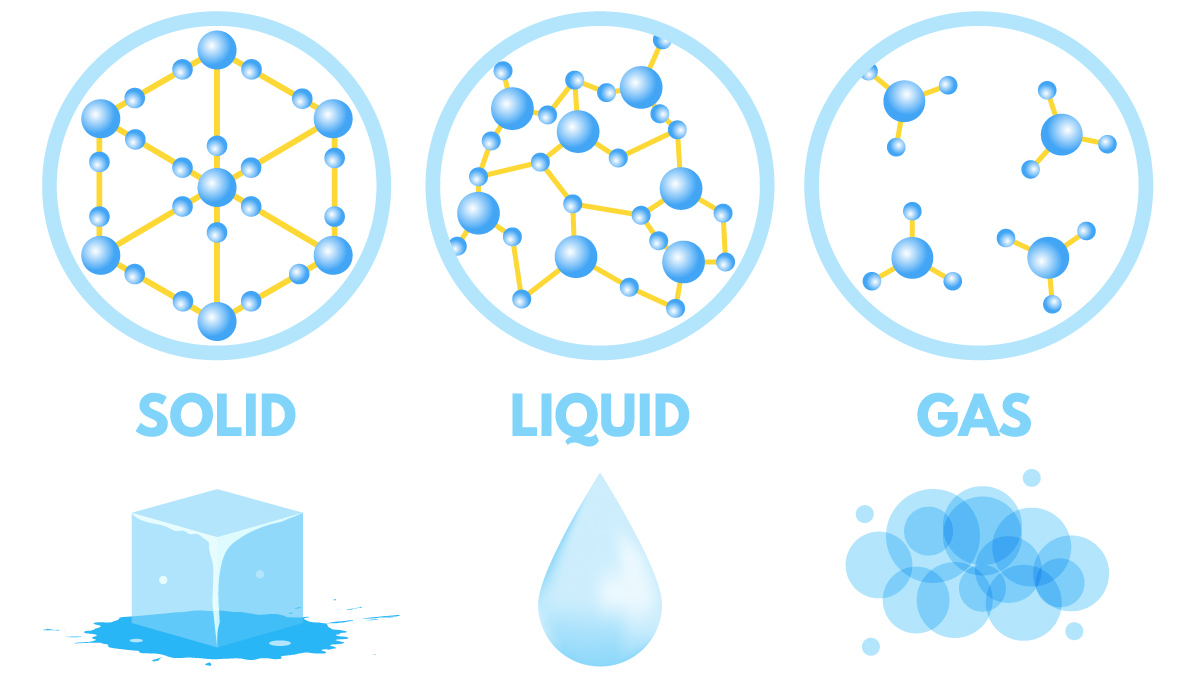
Sublimation, the change of state from solid to gas, is a challenging concept for many students to grasp and a curious phenomenon to investigate. Our everyday experiences teach us about melting, freezing, and evaporation, but it is rare to witness sublimation. Sublimation occurs in the water cycle, in mothballs, and when using sublimation dyes for printing. Teaching about sublimation is important because it is a phase change that gets little attention because it is commonly misunderstood.
Sublimation, the change of state from solid to gas, is a challenging concept for many students to grasp and a curious phenomenon to investigate. Our everyday experiences teach us about melting, freezing, and evaporation, but it is rare to witness sublimation. Sublimation occurs in the water cycle, in mothballs, and when using sublimation dyes for printing. Teaching about sublimation is important because it is a phase change that gets little attention because it is commonly misunderstood.
Sublimation, the change of state from solid to gas, is a challenging concept for many students to grasp and a curious phenomenon to investigate. Our everyday experiences teach us about melting, freezing, and evaporation, but it is rare to witness sublimation. Sublimation occurs in the water cycle, in mothballs, and when using sublimation dyes for printing. Teaching about sublimation is important because it is a phase change that gets little attention because it is commonly misunderstood.
feature
Inspiring the Next Generation
Teachers in the Field and Scientists in the Classroom
Science Scope—Fall 2023 (Volume 46, Issue 7)
By Adriana E. Martinez and Alejandra O. Martinez
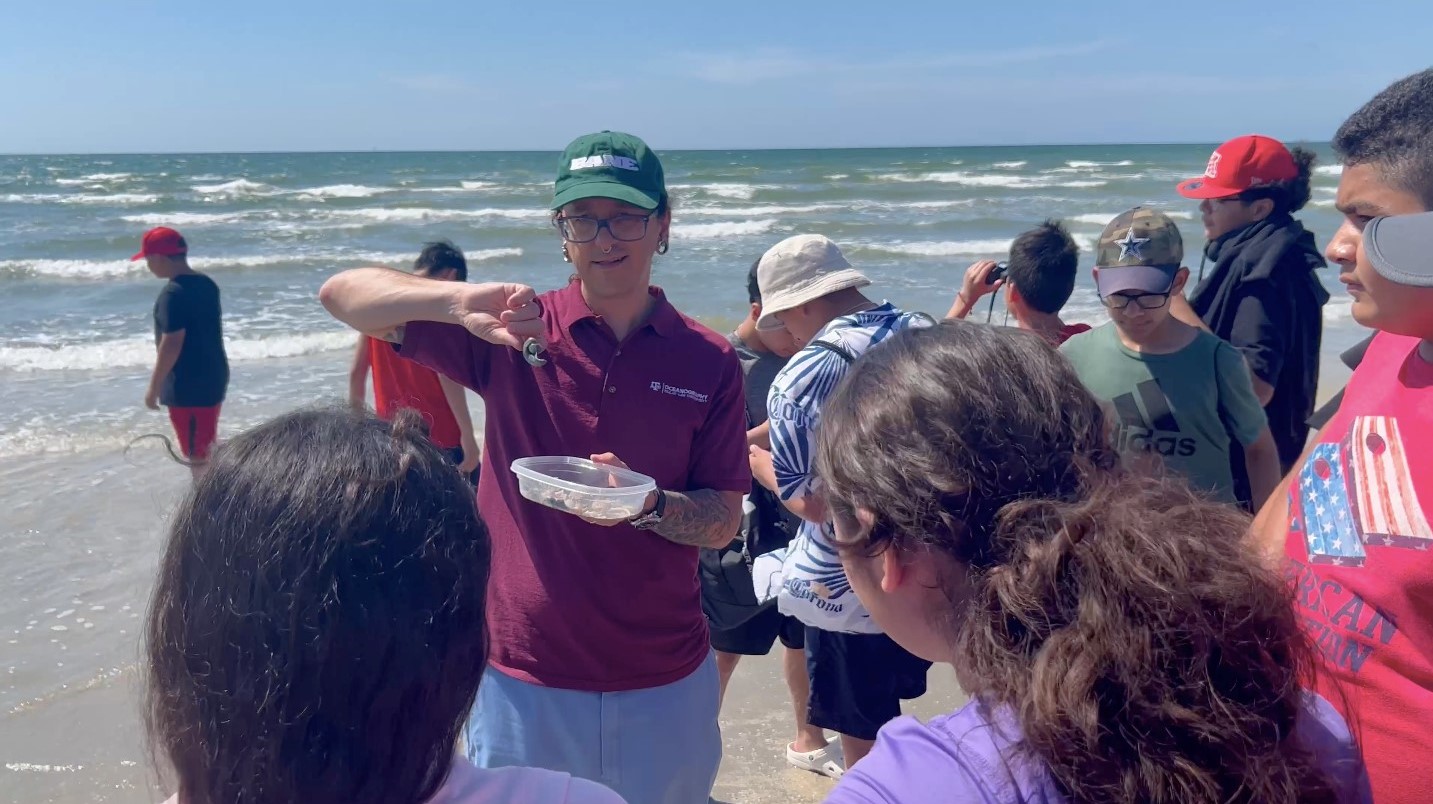
How many times have you found yourself sitting in a cafeteria or classroom staring at a professional development PowerPoint being presented by someone who hasn’t been in a classroom or practiced science in years? There is another way! Teachers all over the United States and internationally are participating in field experiences funded by organizations or outreach grants that expose them to real-world science being conducted.
How many times have you found yourself sitting in a cafeteria or classroom staring at a professional development PowerPoint being presented by someone who hasn’t been in a classroom or practiced science in years? There is another way! Teachers all over the United States and internationally are participating in field experiences funded by organizations or outreach grants that expose them to real-world science being conducted.
How many times have you found yourself sitting in a cafeteria or classroom staring at a professional development PowerPoint being presented by someone who hasn’t been in a classroom or practiced science in years? There is another way! Teachers all over the United States and internationally are participating in field experiences funded by organizations or outreach grants that expose them to real-world science being conducted.
feature
Student Uncertainty as a Pedagogical Resource (SUPeR)
Using the SUPeR Approach to Investigate Electromagnetic Force
Science Scope—Fall 2023 (Volume 46, Issue 7)
By Jamie Rapkiewcz, Jongchan Park, Ying-Chih Chen, and Michelle E. Jordan
